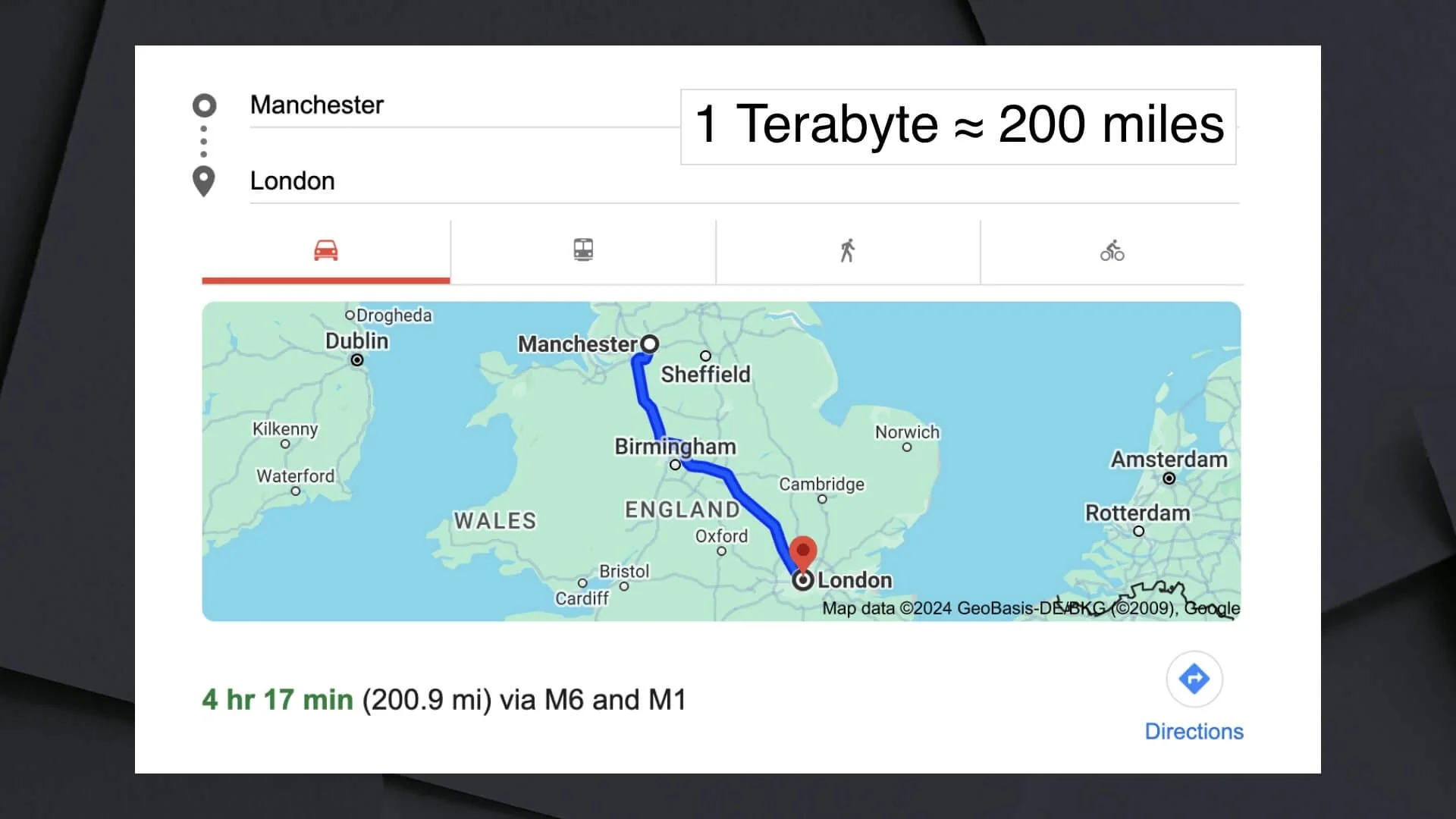How is the Rapid Development of AI Models Influencing the Exponential Growth in Global Data Generation?
The AI-Driven Data Boom: Unpacking the Connection
Over the past decade, the world has seen an unprecedented surge in data generation. But what’s behind this explosive growth? The rapid evolution of AI models, especially foundation models like GPT, PaLM, and LLaMA, is transforming how data is created, consumed, and leveraged across industries.
To truly grasp the scale of this shift, it’s important to recognise that AI isn’t just benefiting from the growing data—it’s actively driving it.
The chart below (which I’ve compiled using multiple data sources) visually illustrates the strong connection between the rise of AI models and the massive spike in global data generation. It’s a compelling snapshot of where we are today and where we’re headed in the near future.
The Scale of Data Generation: From Terabytes to Zettabytes
Before we dive into how AI is influencing data generation, it’s crucial to grasp the scale of the data explosion we’re witnessing.
In 2020, the world generated approximately 64.2 zettabytes of data, according to Statista. By 2025, that number is expected to soar to a staggering 170 zettabytes.
To put that into perspective: If 1 terabyte is like travelling from Manchester to London (~200 miles), then 1 zettabyte is equivalent to embarking on a journey of 4.8 million miles – enough to circle the Earth 193 times or make 10 round trips to the Moon.
Now, let’s bring this back to the 2025 estimate. If 1 terabyte represents a short drive across a city, then 170 zettabytes would be like traveling 816 million miles – enough to take you from Earth to the outer edges of our solar system, passing Saturn (746 million miles away) and heading toward Uranus. This analogy vividly illustrates the mind-boggling difference in scale between a terabyte and the combined power of 170 zettabytes.
This massive increase in data isn’t just due to more devices or internet usage. The real catalyst behind this explosion is the role of AI in generating, analyzing, and distributing data at a scale previously unimaginable.
The Rise of Foundation AI Models: Driving the Data Boom
The rapid development of foundation AI models—large-scale models trained on vast datasets and used for multiple applications—is a key factor in the surge of global data generation. From 2019 to 2023, the number of foundation models grew from a handful to 149 models (according to the AI Index Report 2024). These models power everything from generative AI tools like ChatGPT to complex recommendation engines on eCommerce platforms.
These models not only consume vast amounts of data for training but also generate new data at an exponential rate. Every interaction with AI, every piece of AI-generated content, every automated decision contributes to the ever-growing pool of digital information.
How AI Models Create and Amplify Data
AI models are no longer just processing and analysing data—they are prolific data creators. Here’s how:
Content Generation: Generative AI models are creating vast amounts of content—from text and images to videos and synthetic data. Whether it’s an AI writing a blog post, generating product descriptions, or even creating art, each output is new data being added to the digital universe.
Automated Processes: AI is automating workflows across industries. From customer service chatbots generating thousands of responses daily to AI systems managing logistics and supply chains, these activities create detailed logs, records, and insights—all of which contribute to data growth.
User Interactions: As AI becomes more embedded in consumer-facing applications, the amount of user-generated data skyrockets. Every voice command, search query, or interaction with an AI-powered assistant adds to the expanding pool of data.
IoT and AI Integration: The integration of AI with IoT (Internet of Things) devices is another factor. These devices continuously generate data, from smart home devices to wearable health monitors. As AI systems analyze this data in real-time, they generate insights, recommendations, and actions that further amplify the data loop.
The Feedback Loop: Data Fuels AI, and AI Fuels Data
What makes this relationship truly exponential is the feedback loop: more data leads to better AI models, and better AI models generate even more data. Foundation models are trained on enormous datasets, and as they improve, they can process and create even larger volumes of content. This self-reinforcing cycle is a key reason why data generation is growing at such an astonishing rate.
According to Our World in Data, the interplay between AI and data is fundamentally transforming industries. Companies that harness this relationship are not just keeping up—they’re setting the pace in their markets.
The Challenges Ahead: Managing and Utilizing the Data Deluge
While the potential is vast, this rapid growth also brings challenges. The sheer volume of data raises concerns around storage, management, and security. Traditional data management solutions are being outpaced, prompting the need for more advanced infrastructure and AI-driven data management tools.
Additionally, ethical considerations come to the forefront. Who controls this data? What are the privacy implications when AI generates and stores massive amounts of user interactions? As AI continues to create and influence data generation, these questions will be critical in shaping policies and strategies.
Conclusion: The Future is Data-Driven and AI-Powered
The numbers tell the story: AI is at the heart of the exponential growth in global data generation. As foundation models become more sophisticated, they will not only drive business outcomes but also redefine how data is created and utilized. By 2025, the AI landscape will be more integral to everyday life than ever before, with data generation reaching levels that challenge our current understanding of digital ecosystems.
For businesses and individuals alike, staying ahead in this AI-driven world means not just generating data but mastering how to manage, analyze, and leverage it for growth. The AI revolution is well underway—are you ready to ride the wave?

